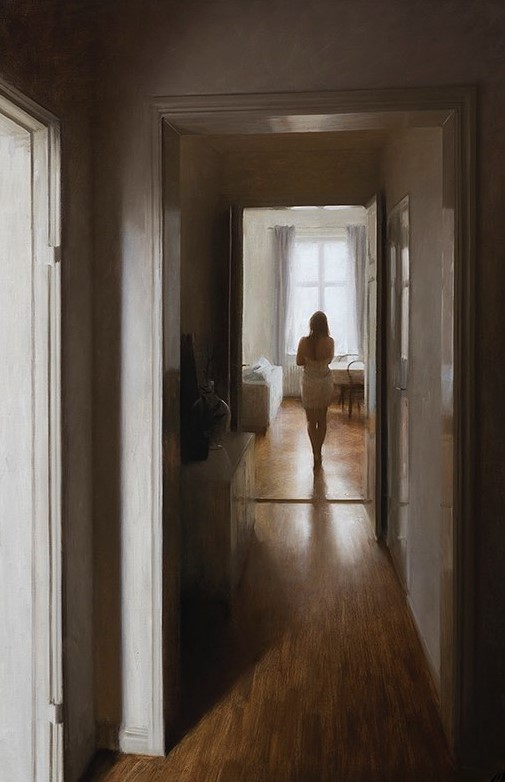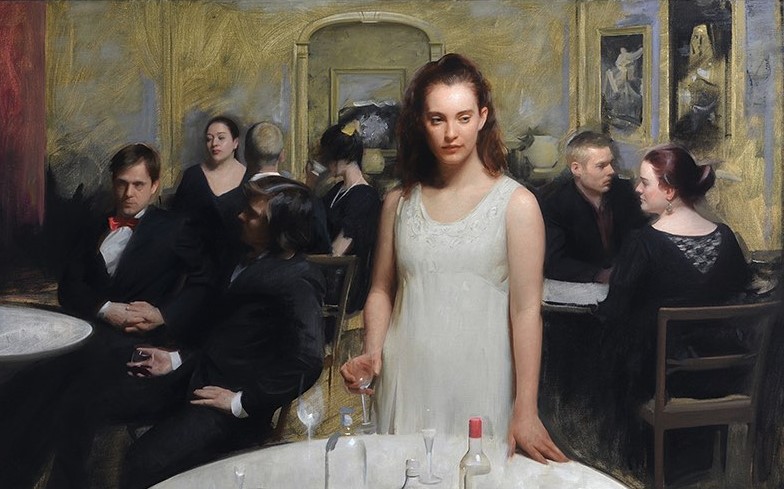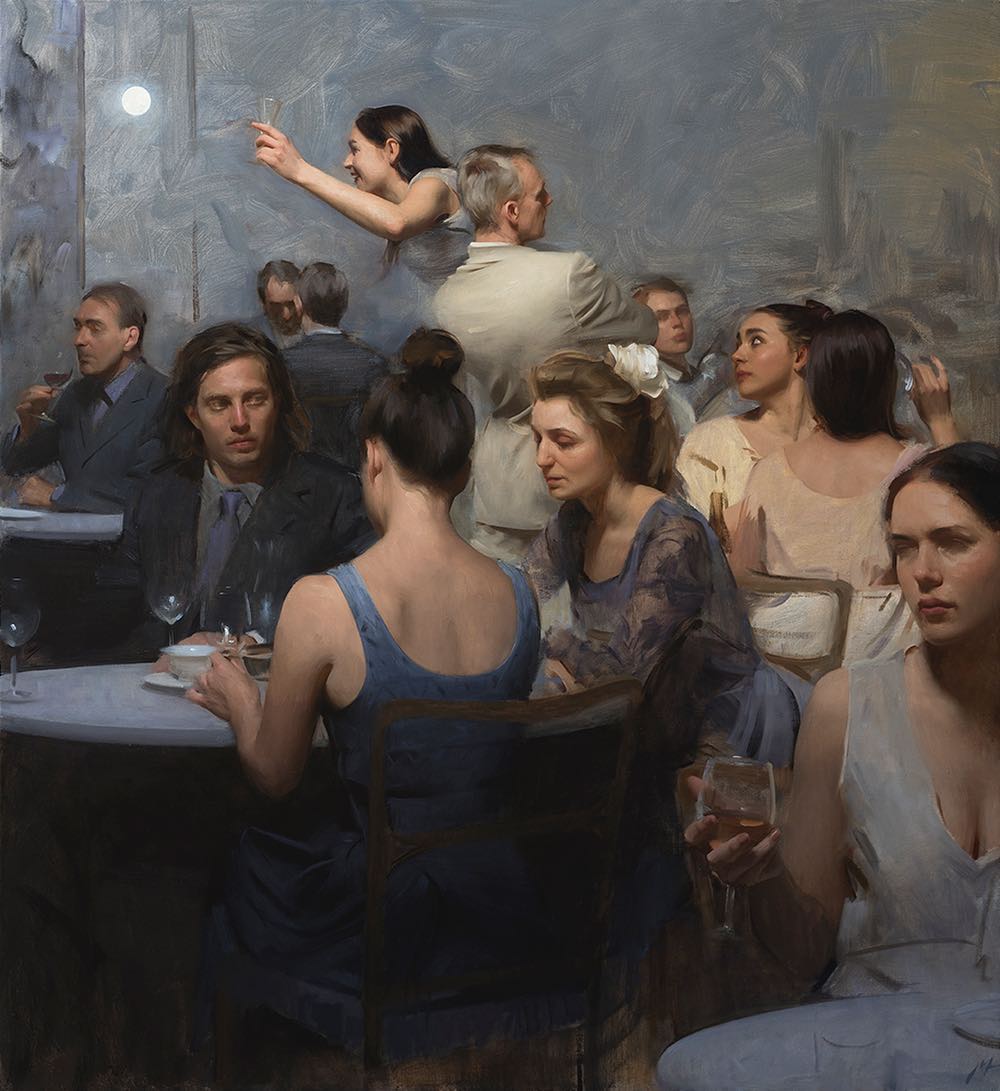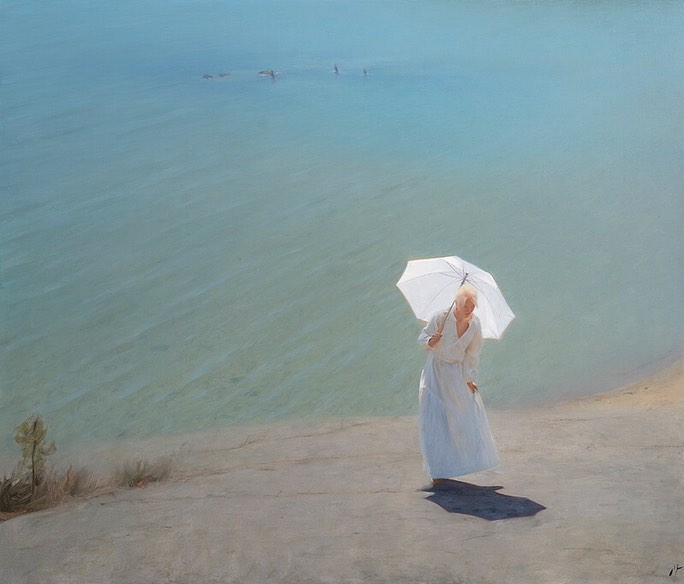Between modern classic: art in eq ulibrio by nick alm
Making figurative art today is certainly not a simple or innovative choice, and art – I’m not saying it – if it doesn’t innovate, if it doesn’t bring an original contribution, risks being representation, rather than true art.
After the revolutions of the twentieth century (and after the invention of photography, above all), painting has never been the same. Contemporary art is often very far from the apparently simple usability of centuries ago, and this does not mean that there is none of it of great quality. In the figurative field today there are few painters who seek a way that reconciles the technique with the depth of meaning.
Last week I proposed an artist that I personally don’t like, Roberto Ferri, a painter who tries to emulate the classics with technically excellent results but often bordering, if not beyond, kitsch. An experience not to be repeated: I risked being lynched both by fans(atics) of the painter and by those who see him as smoke and mirrors. Then there is the path of hyperrealism: an amazing technique but works that often leave the viewer lukewarm.
Today I propose a Swedish artist, Nick Alm, very active even if he is not of who knows what fame. Nick takes a different route, perhaps more tortuous but which – at least in my case – reaches both the eyes and the heart. Alm paints with a technique that starts from impressionism but takes that step (back? forward?) towards realism.
Swedish leaves aside obscure symbolisms, mythological quotations and the desire to amaze; Nick paints life as it presents itself in front of us, or rather, from the side. However, with the brushstroke of an impressionist you will find subways, minimal apartments, neon lights and modern cities; in a nutshell, today’s life as if narrated by a classical artist.
His interior scenes are made up of whispered emotions, nuances and cuts of light, now suffused, now sudden, which mention Hopper, but also Caravaggio himself in the use of chiaroscuro.
The scenes set in the city are perhaps the most beautiful, with faces that we could meet every day on our street, but which at the same time are pervaded by the incommunicability typical of the contemporary world. So here in a rainy city the ghost of Caillebotte emerges, in a classic glimpse of almost seventeenth-century atmospheres, in the lights that cut through the buildings the usual Hopper and in the tall autumn grass the colors of Wyeth.
In short, Alm’s art, so “normal” in a certain sense, risks having an almost alienating effect on the eyes of the enthusiast. Yes, because he seems to be in front of a classic work but then it is inevitable to think: “Hey, but that’s us, that’s our world!” and not a simple representation of the art that was.
Simply put, Nick Alm is an artist, not an impersonator or reproducer. Perhaps not revolutionary or of great pretensions, but an artist.
Hits: 0







